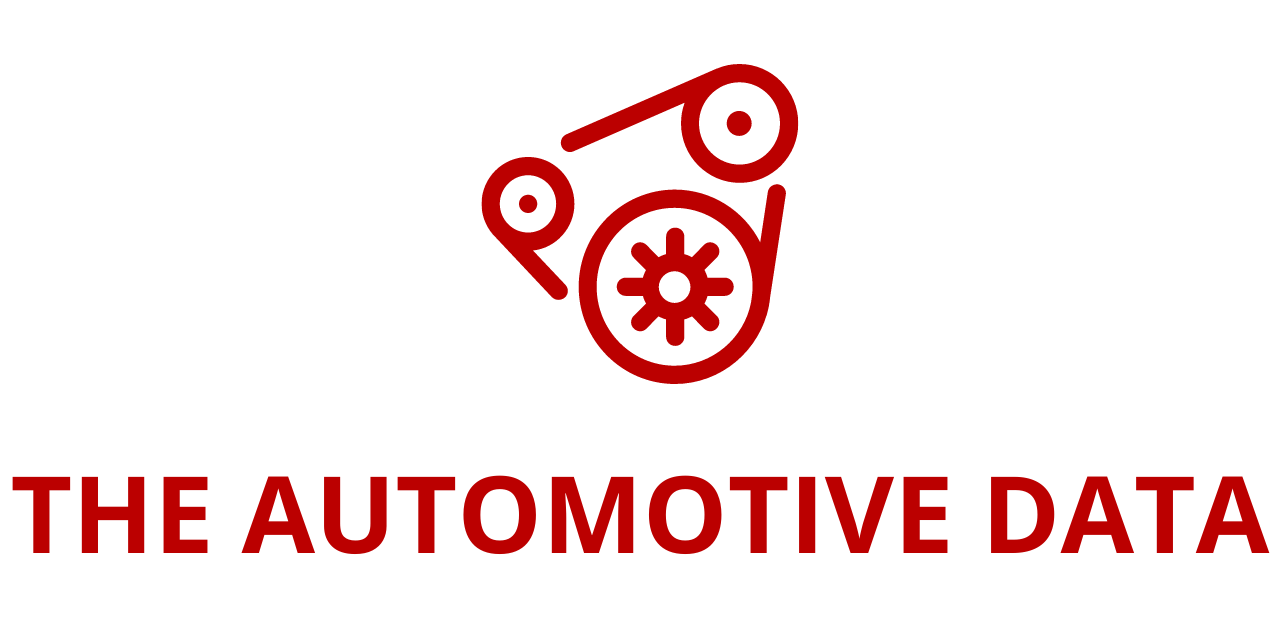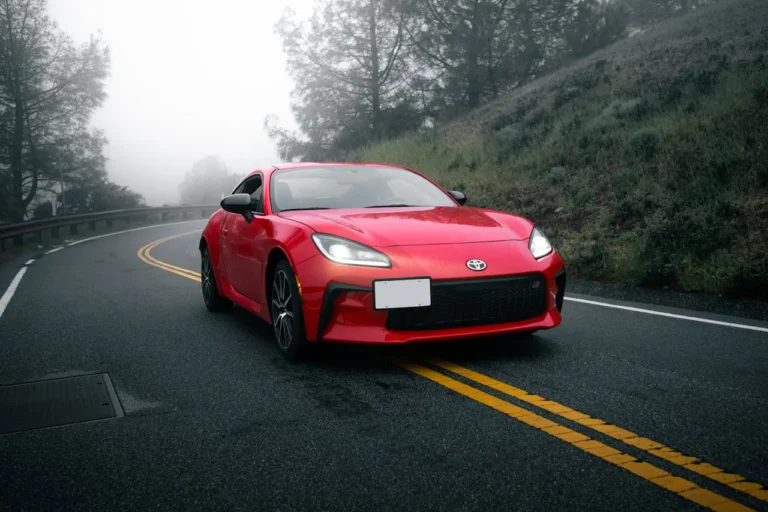
Global and China AI Application in Automotive Cockpits: Research Report 2025 Highlights Key Trends and Innovations
The “Research Report on the Application of AI in Automotive Cockpits, 2025″ has recently been added to the comprehensive portfolio of ResearchAndMarkets.com. This report presents an in-depth analysis of how artificial intelligence technologies are revolutionizing automotive cockpits worldwide, with a particular focus on China’s rapidly evolving market. It tracks the evolution of AI integration in vehicle interiors from early implementations to cutting-edge innovations forecasted for 2025.
Evolution of AI in Automotive Cockpits: From Voice Recognition to Large Model Integration
The development of AI in automotive cockpits can be broadly categorized into three major phases spanning over two decades. In the early 2000s, automotive manufacturers began integrating foundational AI functionalities such as voice recognition and facial monitoring. These early features laid the groundwork for more sophisticated interaction methods.
By 2023, the industry saw the emergence of the ‘large model integration’ trend, where powerful AI models capable of complex reasoning and multi-task processing began to be embedded into vehicle systems. Looking forward to 2025, many automakers are expected to widely adopt advanced reasoning models like DeepSeek-R1, which significantly enhance the intelligence and responsiveness of cockpit AI systems.
Trend 1: Deep Interaction – Making Human-Car Communication More Natural and Precise
A key development trend identified in the report is deep interaction, which emphasizes enhancing the quality, accuracy, and naturalness of human-machine communication inside vehicles. This trend includes several dimensions such as linkage interaction, multi-modal interaction, personalized interaction, active interaction, and precise interaction.
One of the most transformative aspects is precise interaction. Here, inference large models significantly boost the accuracy of voice commands, especially in continuous speech recognition scenarios. By dynamically understanding the context and fusing data from multiple sensors (including cameras, microphones, and environmental sensors), the system can handle complex, simultaneous requests—like adjusting navigation while playing music—much more efficiently. The report highlights that response speeds can improve by as much as 40% compared to older AI systems.
Multi-modal interaction is another crucial facet of deep interaction. Leveraging the large models’ ability to process diverse data sources simultaneously, these systems integrate inputs from 3D cameras, microphone arrays, and other sensors to analyze gestures, voice semantics, and environmental context concurrently. This cross-modal collaborative approach allows the vehicle’s AI to understand user intent more accurately and faster—about 60% faster than traditional systems.
For example, gesture controls enable drivers to operate windows, sunroofs, volume, and navigation simply by waving or pointing—minimizing distraction. Facial recognition systems identify individual drivers to automatically adjust seat positions, mirrors, climate controls, and preferred music, creating a seamless ‘get-in-and-enjoy’ experience.
Eye-tracking technology continuously monitors driver attention and gaze direction, issuing alerts for signs of fatigue or distraction. Emotional recognition capabilities analyze voice tone and facial expressions to gauge driver mood, enabling the system to adjust interior lighting, music, or air conditioning to improve comfort and safety.
By 2025-2026, these multi-modal data fusion capabilities are expected to become standard in next-generation cockpits, fundamentally reshaping driver-vehicle interaction.
Trend 2: Self-Evolution – Cockpit AI that Learns and Adapts Over Time
The second trend, self-evolution, centers around AI agents inside cockpits that learn continuously and personalize interactions through long-term memory, feedback learning, and active cognition. These agents build detailed user profiles by analyzing voice communication, facial recognition data, and behavior patterns, enabling highly tailored services for individual drivers.
Self-evolution AI uses reinforcement learning and reasoning technologies to create a data-closed loop, meaning the system improves from each interaction and user feedback. Over time, it anticipates driver needs and preferences with increasing accuracy, accelerating the discovery of new areas of user interest by an estimated 50% within the next two years.
A prominent example of this is BMW’s Intelligent Voice Assistant 2.0, which is built upon Amazon’s Large Language Model (LLM). This system functions as a personal assistant, vehicle expert, and travel companion, analyzing daily routes, music tastes, and seating habits to offer customized recommendations. For instance, if a driver habitually stops at a particular coffee shop on Monday mornings, the system will proactively ask if the driver intends to visit the same place again.
Moreover, the assistant can adapt its suggestions based on external conditions like weather or traffic—for example, recommending indoor parking on rainy days. Commands such as “Hello BMW, take me home” or “Hello BMW, find a restaurant” prompt the assistant to plan routes and provide tailored recommendations efficiently, reflecting a truly personalized and anticipatory driving experience.
Trend 3: Symbiosis of Large and Small AI Models – Balancing Power and Efficiency
While large AI models have been deployed in vehicles for nearly two years, they have not fully replaced smaller models. Instead, a complementary relationship has emerged, known as the symbiosis of large and small models. Small models, known for their lightweight design and low power consumption, excel in real-time tasks that require immediate response with relatively low data complexity.
For instance, in intelligent voice interaction, small models handle straightforward commands like “turn on the air conditioner” or “next song” instantly, ensuring smooth user experience. In gesture recognition, small models perform quick local processing to avoid delays caused by cloud communication, critical for safety and driver convenience.
Large models, by contrast, manage complex computations such as route planning or multi-task reasoning in the background, forming the intelligence backbone. Together, large and small models create an efficient AI ecosystem where the strengths of each are fully leveraged.
The report points out that after 2025, with the application of advanced distillation technologies like DeepSeek’s, small models distilled from large ones will be mass-produced at scale, achieving high performance while maintaining low latency and energy consumption.
NIO exemplifies this dual-model approach by operating its cockpit AI with a two-pronged strategy—prioritizing large models for deep reasoning while employing small models for real-time interaction, striking a balance between power and responsiveness.
Key Topics Covered in the Report
The research report explores a wide range of topics related to AI applications in automotive cockpits:
1. Application Scenarios of AI in Automotive Cockpits
- Overview of the current AI integration status
- New generation cockpit characteristics post-AI adoption
- Detailed analysis of speech recognition, voiceprint recognition, multimodal interaction, in-cabin monitoring systems (IMS), heads-up displays (HUD), and radar detection AI implementations
- Supplier landscape for AI speech interaction and multimodal recognition technologies
2. Cockpit Agents Based on Scenarios
- Introduction and classification of AI cockpit agents
- Evolution from large models to AI operating systems (AIOS)
- Interaction mechanisms and scenario-driven agent development
- Demand for high-performance computing chips driven by agent complexity
- Parallel development of large and small AI models for optimal performance
3. Cockpit AI Application Cases of Suppliers
- Functional capabilities of AI large models from major suppliers such as Huawei, Tencent, Alibaba, Baidu, SenseTime, iFLYTEK, and others
4. Cockpit AI Application Cases of OEMs
- How leading OEMs like NIO, Li Auto, XPeng, Xiaomi, BYD, BMW, Mercedes-Benz, Volkswagen, and others apply AI in their cockpit systems
- Differentiated strategies reflecting diverse market demands and technological priorities
5. Trends and Technical Resources of AI Applications in Cockpits
- Emerging trends shaping cockpit AI development
- Resource allocation and computational demands for AI technologies in cockpits
- Comparative analysis of various AI algorithms’ pros and cons within automotive environments
The “Research Report on the Application of AI in Automotive Cockpits, 2025” provides a thorough and forward-looking view of how artificial intelligence is transforming vehicle interiors. With deep interaction capabilities, self-evolving agents, and the synergistic use of large and small AI models, automotive cockpits are becoming more intelligent, responsive, and personalized than ever before.
The report also highlights the significant role of China’s automotive industry in advancing AI cockpit technologies, as well as the collaborative ecosystem involving tech suppliers and global OEMs. As the integration of AI accelerates, the cockpit is set to become the ultimate human-machine interface, driving safer, more comfortable, and more enjoyable journeys in the years ahead.







